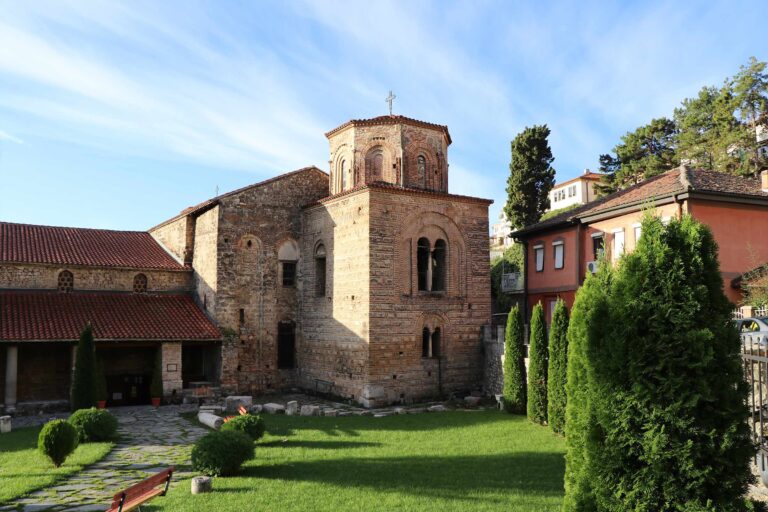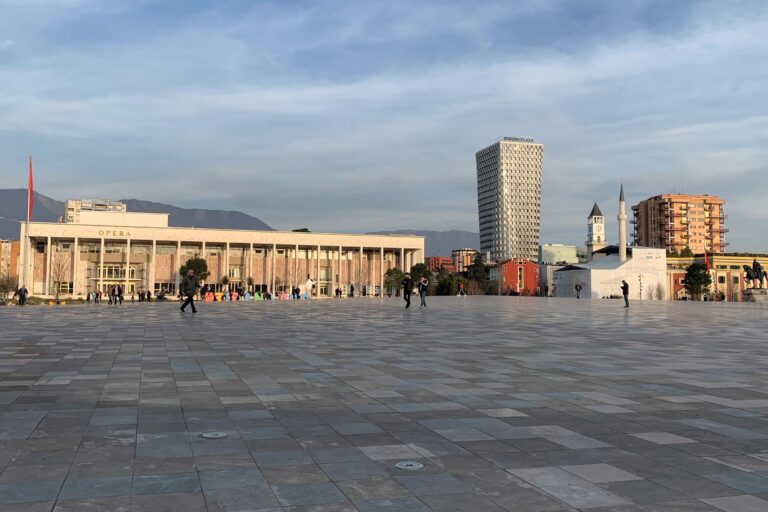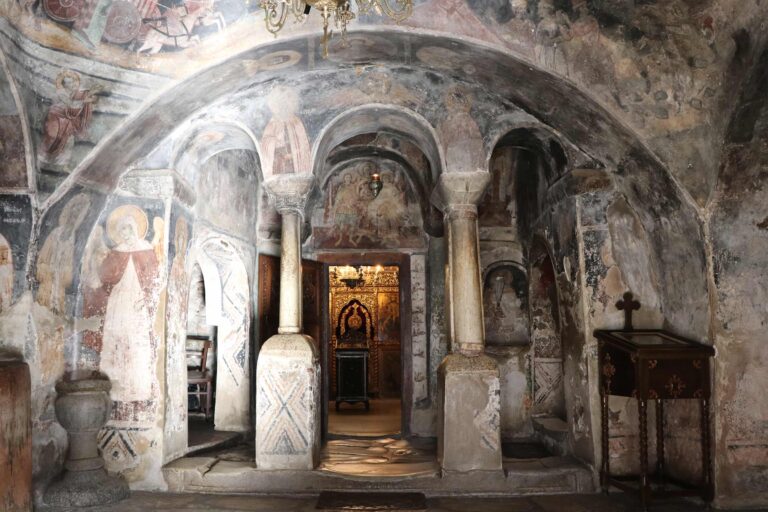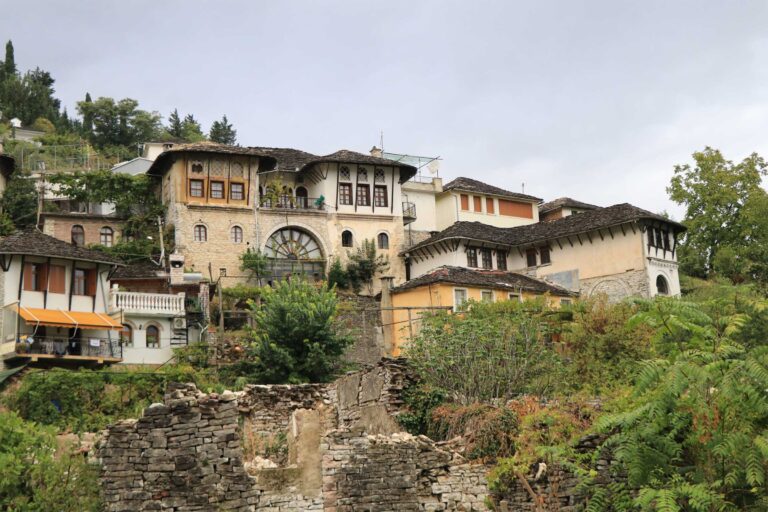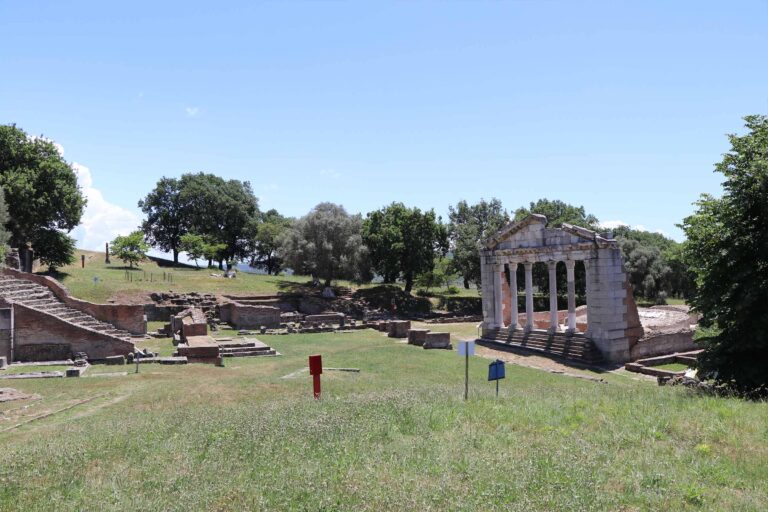Route along the Ionian coast. The Albanian Riviera is characterized by a constellation of rocky and isolated beaches, surrounded by scenic hills and mountains covered in lush and untamed vegetation that is typical of the Mediterranean. Charming and hospitable villages were built over the centuries between the mountains and the sea, places where visitors can find a temporary home to enjoy the splendid waters and breathtaking vistas of the Ionian Sea.
Short stop at the Porto Palermo beach to enjoy the crystal clear water.
Direction the Llogara pass. From its 1000 meters above the sea, the place gives the opportunity to admire the Ioanian sea up to Greece and Corfu island. Enjoy this astonishing view.
Descent towards the Vlora bay following the Karaburun Peninsula, the only maritime park in Albania. Stretching across Vlora Bay, the peninsula is shaped like a finger which points towards the turquoise waters. A spectacular natural reserve, this entire area is now famous for the intimate, pristine bays scattered throughout and its thriving nature.
End or beginning of the Albanian Riviera, Vlora is the meeting point between the Adriatic and the Ionian Seas, and one of the largest coastal cities of Albania. Home to Albania’s independence in 1912, this city is at once home to the traditional polyphonic music, exquisite culinary delicacies, a vibrant nightlife, and some of the best beaches of the south, many of which are found in Vlora or right off the city’s coast. Visit of its center.
Dinner in a traditional restaurant and overnight at the hotel.
